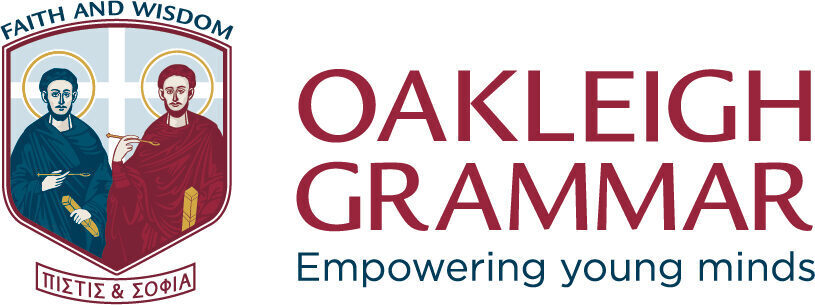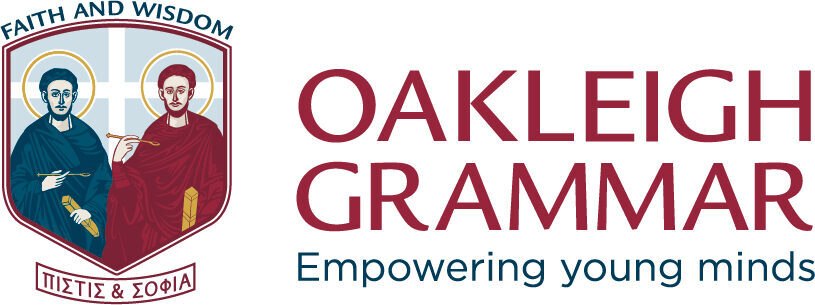At Oakleigh Grammar, we pride ourselves on being a premier school in Melbourne, dedicated to offering inclusive and supportive educational experiences for students with learning differences. One of the key components of our program is the Arrowsmith Program, a scientifically-based approach designed to help students with specific learning difficulties (SLD) improve their cognitive abilities.
How the Arrowsmith Program Supports Students with Learning Differences
The Arrowsmith Program is for students who possess average to above-average intelligence but struggle with specific areas related to learning, such as reading, writing, mathematics, and more. The program uses neuroplasticity principles to target and strengthen weak cognitive functions, addressing the root causes of these difficulties rather than just the symptoms.
It is particularly beneficial for students facing conditions like dyslexia, attention deficit disorders, and other learning difficulties.
Bridging the Gap for Students with Learning Differences
The Arrowsmith Program begins with a thorough assessment to identify each student’s unique cognitive profile. This allows us to develop a customised set of cognitive exercises aimed at enhancing their abilities in areas like auditory processing, logical reasoning, and visual memory. Students engage in these exercises daily, under the careful guidance of our experienced educators.
As a leading school supporting students with learning differences, we recognise that the Arrowsmith Program is not suitable for every type of learning challenge.
While it is highly effective for students with specific learning difficulties, it is less suited for those with more generalised intellectual impairments, such as Developmental or Intellectual Delays. These conditions often involve broader cognitive challenges that the Arrowsmith Program does not specifically address.
For students with high-functioning Autism Spectrum Disorders (ASD) or Asperger’s Syndrome, the Arrowsmith Program can be beneficial in targeting and improving certain cognitive deficits. However, it is important to note that the program does not address the social and behavioural aspects commonly associated with ASD. Therefore, careful consideration is given during the admissions process to determine whether the program is appropriate for these students.
Our Commitment to Helping Students with Learning Differences
Oakleigh Grammar is dedicated to providing a comprehensive educational experience beyond academics. As a school that supports students with learning differences, we offer programs like the Arrowsmith Program to meet the unique needs of our students. We ensure that all our students receive personalised attention and support, helping them academically and personally thrive.
We understand the importance of catering to a wide range of learning needs and are committed to offering resources and programs that support our student’s growth. Our teachers are experts in special education and compassionate mentors dedicated to fostering a supportive and inclusive learning environment.

Is the Arrowsmith Program Right for You or Your Child?
As mentioned above, the Arrowsmith Program at Oakleigh Grammar is for students with SLD who are of average or above-average intelligence.
The program is designed to address challenges in areas such as:
- Reading
- Writing
- Mathematics
- Comprehension
- Auditory and visual memory
- Dyslexia
- Logical reasoning
- Non-verbal learning and attention.
It is ideal for students who do not have severe intellectual, cognitive, emotional, or behavioural disorders, and who do not have acquired brain injury or a diagnosed autism spectrum disorder.
Typically, the program suits students from elementary through post-secondary school age. While we do not accept children with severe autism, we have successfully worked with high-functioning students with Asperger Syndrome. Each case is considered individually, in consultation with the student’s parents, to ensure the program is appropriate and beneficial.
For further guidance on whether the Arrowsmith Program fits your child’s needs, we recommend discussing specific concerns with our admissions team.





